Iroh is a Rust-based library designed to simplify peer-to-peer (P2P) networking by enabling direct connections between devices. It leverages public key-based addressing, bypassing traditional IP-based systems.
This approach ensures globally unique identifiers and seamless network traversal, even through NATs.
Built on the QUIC protocol, Iroh provides features such as encryption, authentication, stream multiplexing, and low-latency connections.
Key Features
- Dial by Public Key: Iroh uses a 32-byte Ed25519 public key as the
NodeId, allowing devices to connect directly without static IPs or domain names. This system ensures end-to-end encryption and authentication by default. - Hole-Punching and Relays: Iroh prioritizes direct connections using hole-punching techniques. If unsuccessful, it falls back to an open ecosystem of relay servers to maintain connectivity.
- QUIC Protocol Integration: By building on QUIC, Iroh offers:
- Composable Protocols: Iroh supports modular protocols for specific use cases:
- Iroh-Blobs: Efficient content-addressed blob transfer.
- Iroh-Gossip: Publish-subscribe overlay networks.
- Iroh-Docs: Eventually consistent key-value storage.
- Iroh-Willow: An experimental protocol under development.
Iroh is ideal for applications requiring secure, low-latency communication between devices. Examples include:
- Decentralized file sharing (e.g., large-scale blob transfers).
- Real-time collaboration tools using publish-subscribe models.
- Gaming applications needing reliable state synchronization.
To integrate Iroh into a Rust project, developers can use the iroh crate via Cargo. The library provides APIs for establishing bi-directional QUIC streams, enabling efficient data exchange between nodes.
Additionally, bindings for other languages are available through iroh-ffi.
Iroh redefines P2P networking by offering a robust, secure, and flexible framework built on modern technologies like QUIC.
Its modular design empowers developers to build distributed systems that are efficient and easy to maintain, making it a valuable tool for next-generation internet applications.







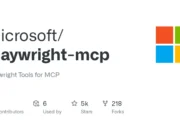
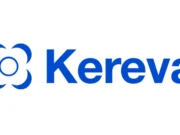
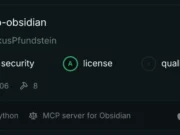
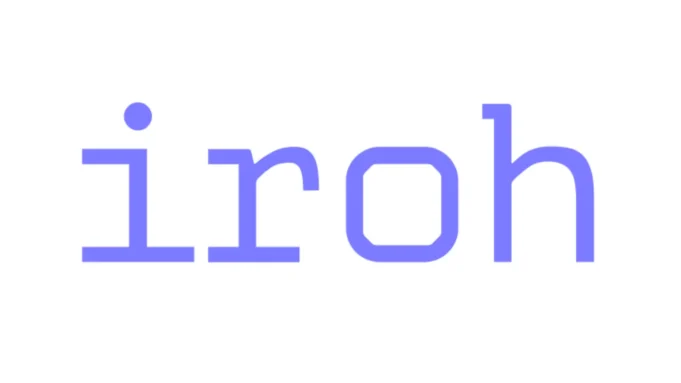



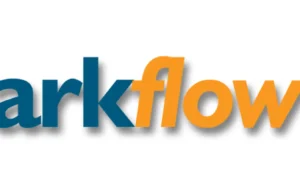
.webp)

